SUMMARY
This is AI generated summarization, which may have errors. For context, always refer to the full article.
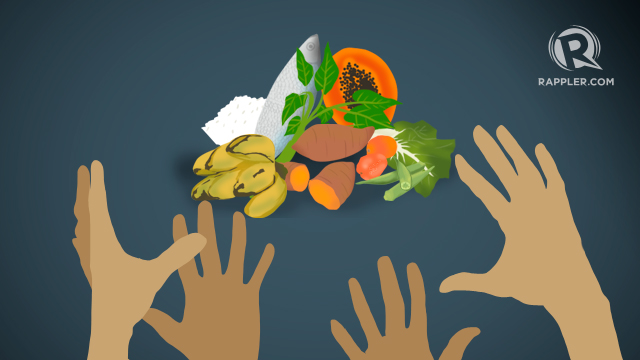
MANILA, Philippines – Everyone has the “right to food.”
This is recognized in the Universal Declaration of Human Rights, which means it is protected under international law.
People must be able to “feed themselves in dignity, either by producing their food or by purchasing it.” (READ: What is food security?)
Governments are tasked to provide “enabling environments” for their citizens. The “right to food” has 3 elements:
- Availability: Available from natural resources and markets
- Accessibility: Economic and physical access to food, “affordable but adequate diet”
- Adequacy: Satisfies nutrition needs
Do all Filipinos preserve this dignity? (WATCH: Meal of the day – ‘Pagpag’)
Weak laws
The Food and Agriculture Organization (FAO) pointed out in its 2010 report that the 1987 Philippine Constitution “does not explicitly recognize the right to food.”
The word “food” is mentioned only once in the Constitution.
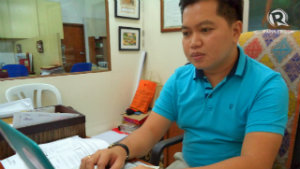
Cebreros clarified, however, that the Philippines adopts international human rights laws. “You don’t need an explicit expression in the Constitution to say that we recognize the right to food. These obligations are taken in the by the government.”
He added that the Philippines has laws dealing with “food as a topic,” and Supreme Court decisions discussing policies on rice importation and tariffs on basic commodities.
“The problem is in the coordination of different government agencies – DA, DAR, DSWD, DOH, NAPC, local government units (LGUs) – implementing these laws,” Cebreros said. “As seen in the rising prices of sugar, rice, garlic,” he continued.
“There’s dispersed responsibilities on food. Who ensures that national policies are translated and synthesized into local policies?”
He also cited “political discrimination” as another problem. “Some farmers don’t get subsidies because they’re not in good terms with the mayor.”
CHR recommended a convergence in the implementation of food policies.
To help address these issues, the government came up with the Philippine Plan of Action for Nutrition and the Presidential Assistant on Food Security and Agricultural Modernization.
CHR is also currently working with the Department of the Interior and Local Government (DILG) to integrate human rights standards in the indicators for good local governance, with a focus on socioeconomic rights.
These standards are expected to be included in the DILG’s assessment by 2015.
FAO, however, observed that the Philippines has “insufficient” laws directly alleviating hunger. “The core obligation to ensure freedom from hunger isn’t adequately addressed.”
Although the Philippines implements programs aiming to address hunger and poverty, FAO argued that these efforts still “fall short” of some of the “Right to Food Guidelines.”
The guidelines recommend that countries execute strategies that specifically address “access to adequate food.” The Philippines has the Social Reform and Poverty Alleviation Act of 1997 (SRA) as its “national poverty reduction law.”
This law, however, does not “specifically address access to food” according to FAO.
It also uses a “minimum basic needs approach,” instead of a “rights-based approach” to food security.
“That’s true. Studies show that SRA’s a failure; it didn’t bring communities out of poverty. Why? Because it’s not rights-based. It looks at social services not as rights, but as something optional,” Cerebros explained.
The bottom line, unfortunately, is that the Philippines lacks over-arching policies or frameworks directly addressing hunger, according to Cerebros. “As of now, CHR doesn’t see anything filling this gap. We only have interventions like the strengthening of government agencies. But on a more comprehensive level, there’s none.”
Cerebros recommended that government come up with more “creative programs” which also provide incentives that can draw more people in.
Protecting our rights
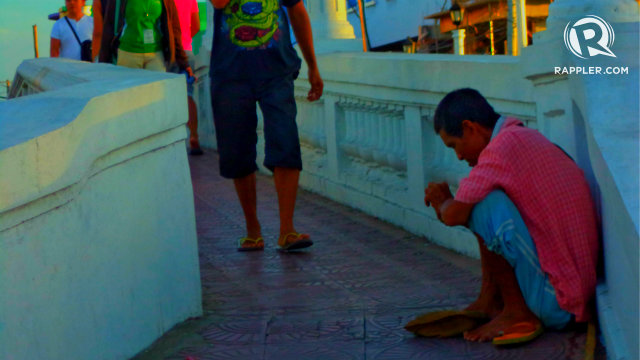
“Many Filipinos enjoy the right to food, but certainly not all,” said Isagani Serrano, president of the Philippine Rural Reconstruction Movement. “Those whose right is being violated are just one too many.”
Serrano stressed that many of the hungry live in the countrysides where most of the country’s primary food products come from. “This unacceptable situation cannot be due to productivity as there’s more than enough to feed everyone. It’s more about distribution that reflects the terrible high inequality situation,” he added.
As of 2011, the average household size among poor Filipinos is 6 members, according to the latest “Profile of the Poor” by the Department of Social Welfare and Development (DSWD).
DSWD identified 5.2 million poor households nationwide in 2011, in which 90.6% of them earned below the annual per capita poverty threshold – or in simpler terms – the “amount required to satisfy food and non-food basic needs,” which is around P15,000.
It was estimated that a poor family of 6 usually does not earn higher than P41/day. Most of them were unable to complete elementary or high school education and were either unemployed or working in low-paying jobs like agriculture and service industries.
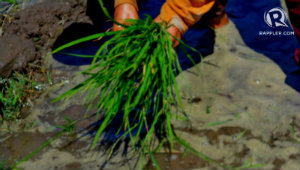 “Agriculture is crucial to upholding the right to food. Farmers can feed the whole nation through sustainable practices that don’t discount people and nature,” Serrano argued.
“Agriculture is crucial to upholding the right to food. Farmers can feed the whole nation through sustainable practices that don’t discount people and nature,” Serrano argued.
Corruption, poor prioritization of health and education, and low salaries also account for the country’s hunger problem, according to the Philippine Coalition Advocates for Nutrition Security (PHILCAN).
“The government shall capacitate farmers, invest in nutrition security, and innovative technologies – also utilize indigenous foods which are more accessible and affordable,” said Corazon Buenasflores of PHILCAN.
Poor awareness
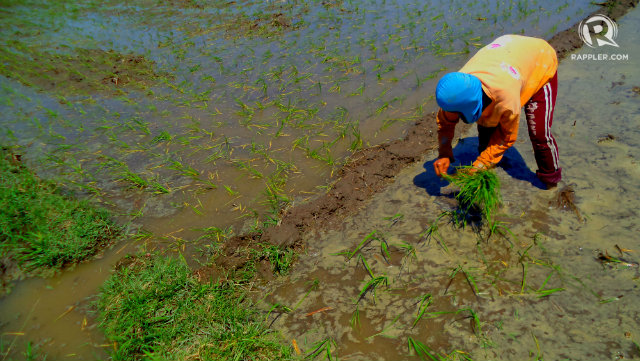
FAO also called the country’s food legal framework “gender-blind,” emphasizing that “relevant laws do not recognize that women primarily take care of feeding their families.”
The country’s laws “do not value women’s productive and household work and do not recognize the multiple burdens carried by women,” FAO stressed.
Aside from the lack of stronger policies and more concrete actions, another issue cited by FAO is the lack of public awareness about our “right to food.”
“It’s not just our right to food that Filipinos are unaware of, but human rights as a whole. When we talk about human rights, many people only think about killings,” Cerebros said.
In the Philippines, food becomes a privilege depending on your economic status, hence there’s the need to change people’s perceptions of socioeconomic rights from a privilege to a right or entitlement, according to Cebreros.
“Unfortunately, awareness about right to food is not yet mature in the Philippines,” he said.
Only 1 out of 5 Filipinos is aware of this right. – Rappler.com
How can we help fight hunger? Send your stories and ideas to move.ph@rappler.com. Report what your LGU is doing, recommend NGOs, or share creative solutions. Be part of the #HungerProject.
Add a comment
How does this make you feel?
There are no comments yet. Add your comment to start the conversation.